11 February 2025
This is the first post in a two part series entitled “Beyond the Classroom.” In this series, we’re spotlighting two graduates of the South Carolina Governor’s School for Science and Mathematics who were involved with the arts in high school and carried those lessons with them into STEM fields after graduation.
Imagination is more important than knowledge. – Albert Einstein
Creativity, often seen as the realm of artists, resides in any place of innovation and discovery. A special magic lives in the nurturing of an idea, a spark of imagination, from the mind into reality. My own journey has been shaped by this magic, this drive to create, as both a scientist and artist. As a research scientist, nothing provided more of a rush than at the end of a meticulously planned experiment than being the first person, ever, anywhere, to know something new about how the universe works.
Just as in science, so too in art.
I imagine, I mull, I plan, I fail, I learn, I try again however many times, and am ultimately rewarded with the tangible manifestation of my imagination.

Science for me, like art, provides a lens to marvel at our humanness. I fell in love with genetics in middle school while we were sitting insmall groups, figuring out who had which versions of various genetically-determined traits. For the uninitiated, earlobes are either “attached” or “unattached” depending on your genetic makeup. The girl next to me happened to have one of each, which is, most certainly, not normal. This is the beautiful messiness of our biology: we may predict all we like, but life always has at least a sprinkle of chaos. That moment seeded a great passion for genetics and set me on my career path. I went on to the South Carolina Governor’s School for Science and Mathematics (GSSM), a residential high school program for juniors and seniors, did genetics research in undergrad, and have two graduate degrees. Now, I direct a clinical genomics R&D team where we design genetic tests, which in turn educate patients on whatever sprinkle of chaos may be hiding in their own genomes.
In contrast to that steadfast focus on genetics that defines my relationship with science, my artistic endeavors are marked by constant change with each new means of creation helping meet my changing emotional needs, each a new tool for existing in a more sane way. After moving to a new state in elementary school, origami’s beautiful yet predictable results helped my subconscious need for more order and control over my environment. What better way to shed the drama of middle school life for a moment than with drama class? Then, years upon years of creative writing, exploring language for original expression, putting myself to words in order to better understand myself. When I needed for a break from all the thinking in college, collage proved to be a meditatively intricate visual and tactile process, comparatively little thinking required. When struggles in my thesis lab threatened to strip all the joy from my beloved science, letterpress printing of bright, fun science designs on a century-old printing press saved the day.
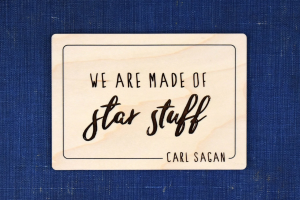 The changing nature of my creative outlets should not be construed as superficiality — quite the contrary. The deep need each fulfilled meant throwing myself into them. In high school, I took every creative writing course available, was layout designer of the literary magazine, attended the summer program at the Governor’s School for Arts and Humanities (GSAH) for poetry, and was accepted to their residential high school program as well.
The changing nature of my creative outlets should not be construed as superficiality — quite the contrary. The deep need each fulfilled meant throwing myself into them. In high school, I took every creative writing course available, was layout designer of the literary magazine, attended the summer program at the Governor’s School for Arts and Humanities (GSAH) for poetry, and was accepted to their residential high school program as well.
Fortunately, even as a school focused on science and math, GSSM continued to nurture my creative side, especially with their “mini-mester” in the winter between terms. One year, I am sure it will come as no surprise, was a creative writing intensive.
The other year, a trip to France, my first time out of the country, and my first time being truly touched by art. Over twenty years later I am still moved just to think about Monet’s Rouen Cathedral paintings displayed at the Musee D’orsay. Monet painted that same cathedral, from the same spot, in different seasons and different light more than thirty times over the course of a few years. This dedication to studying light in ever-changing conditions resonated deeply with me. His methodical observation mirrored the precision of scientific inquiry, driven by the same curiosity and awe that fuels scientific discovery. Monet even had vivid nightmares of the cathedral and all the different colors it appears, much as I had nightmares of molecules when studying for chemistry exams that year.
So what now?
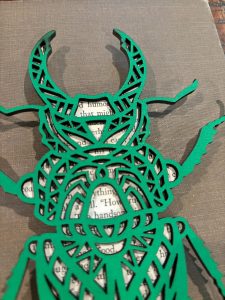
I have fully meshed together creativity and science in both work and art. At work, a constant stream of new projects and problems demand flexible thinking and new approaches, clearly articulated and communicated. Every email benefits from years of writing classes, every visual reflects honed graphic design sensibilities, and every presentation carries a touch of drama class. At home, I’ve fully leaned in on the fun and beauty of science. Today’s emotional need is the momentary break from work and parenthood, and what better way (for me) than celebrating science. Colorful and quirky science decorates my house — my own art, art from others, and a heaping portion of vintage educational posters and models. Most of my creative focus these days centers on repurposing old, outdated books into visual art. I started saving old science books with fun covers in undergrad when a retiring professor stacked up decades-old texts next to the trash. With laughably outdated content but often fabulous covers, I love giving old and damaged science books a second life as objects of beauty.
And my party trick? A throwback to third grade: tiny origami cranes made from candy wrappers.
Diverse art classes and opportunities saved my sanity at times, yes, but also nurtured the lifelong skills that underlie my ability to innovate, communicate, relate, and create. More than ever, we must cultivate these skills in everyone, regardless of profession or place in society, so that we might all see the world with more curiosity, empathy, and possibility. Ready public access to the arts is a necessity, not a luxury, to foster a conscientious, innovative society. As for me, I will continue to marvel at both the order and chaos of our shared humanness, following my imagination wherever the next spark takes me.
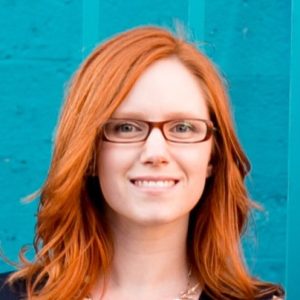 Lea Gemmel is a career geneticist with a creative streak melding science and art. You can find her at HappyFunScience and BookSalvage on Etsy.
Lea Gemmel is a career geneticist with a creative streak melding science and art. You can find her at HappyFunScience and BookSalvage on Etsy.

